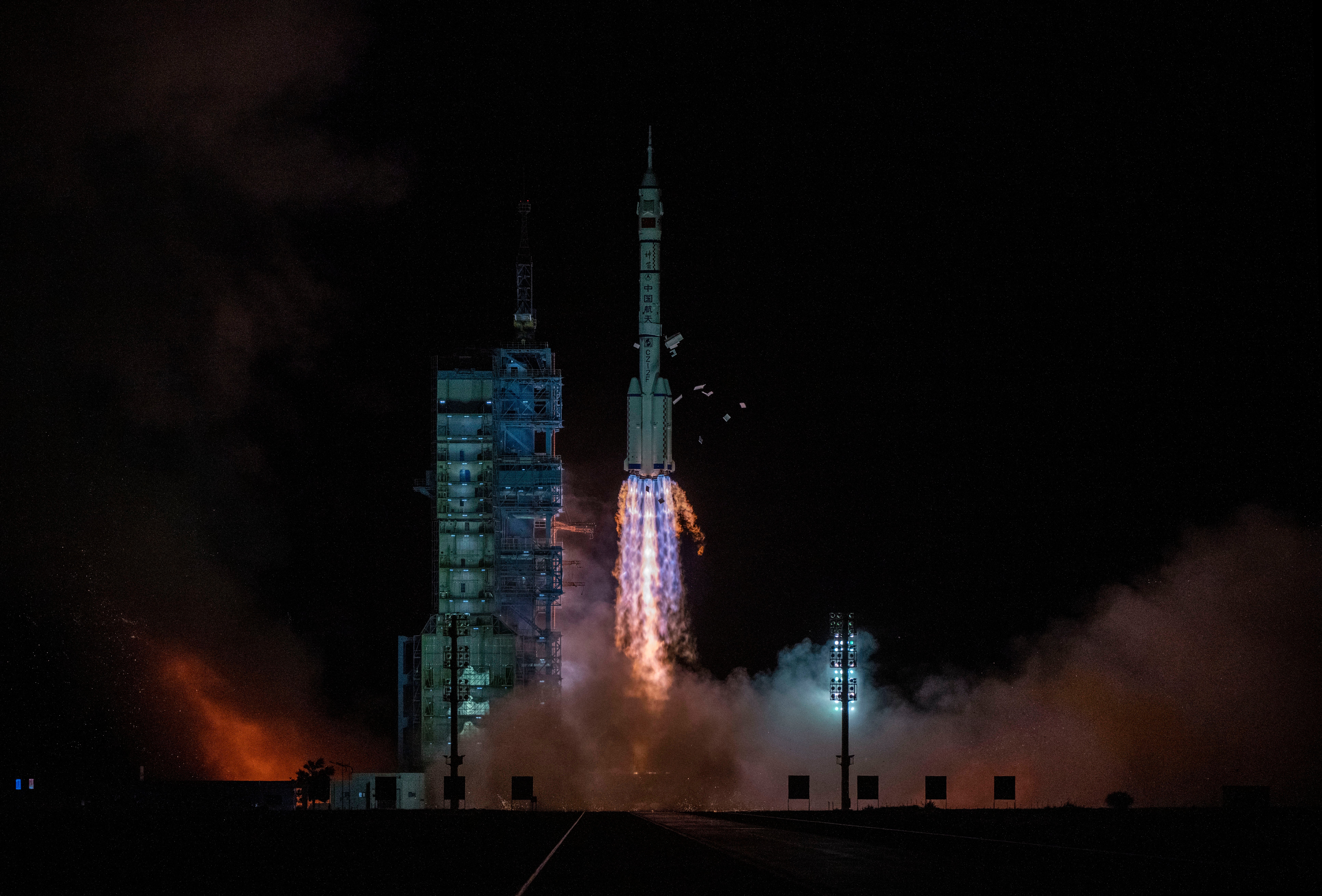China wants rockets for its astronaut launch missions to be reusable like SpaceX ones
New rocket’s first stage would restart its engines and decelerate using grid fins similar to SpaceX’s Falcon 9

China is planning for the astronaut launch vehicles in its future missions to its space station and the moon to have reusable first-stage rockets similar to the one pioneered by SpaceX.
The reusable rocket would send astronauts or cargo to China’s new Tiangong space station. A larger one is also being developed to send crew on missions to the moon and deep space, Space.com reported.
Larger versions of the reusable rocket can also carry China’s new spacecraft Shenzhou for crewed missions, according to the country’s main space contractor China Aerospace Science and Technology Corporation (CASC).
While it is unclear when these rockets would be ready, a new white paper released by China lays out plans for the next five years (2021-2025), which includes the first launch of these space vehicles.
The new rocket will come in two variants: one is a two-stage version that would send astronauts to the Chinese space station, and the other is a three-stage version with two side boosters expected to be used for deep space missions beyond the moon.
Once the rocket completes its launch role, its first stage would restart its engines and decelerate using grid fins for guidance similar to SpaceX’s Falcon 9.
In the landing phase of these reusable rockets, there would also reportedly be “tethered landing devices,” according to Xiaojun Wang, president of China Academy of Launch Vehicle Technology (CALT), the CASC subsidiary developing the rocket.
“The first stage adopts vertical take-off and landing recovery scheme. On the basis of engine deceleration, the reentry process uses pneumatic rudders for control and deceleration. In the landing stage, a tethered recovery device is used, and the rocket is damped and decelerated by the net tethered rope to achieve soft landing,” Mr Wang said at a 17 February event organised by the International Astronautical Federation, CALT and the Chinese Society of Astronautics.
“The mission of near-Earth space station adopts a two-stage configuration, the first stage has the ability to be reused, and the LEO carrying capacity is about 14t (tonnes),” he said, adding that when the first stage is extended, the rocket can carry about 18t.
“The exploration mission beyond the moon adopts the configuration of three stage+booster, and the payload to LTO is 27t,” Mr Wang added.
China currently uses the expendable Long March 2F rocket to launch crewed missions which uses propellants that are reportedly hypergolic, meaning the fuel tends to react spontaneously and violently, and can be dangerous and expensive to manage.
The reusable rockets, on the contrary, would reportedly use refined RP-1 kerosene fuel and liquid oxygen, building on engines developed for China’s newer Long March 5, 6, 7 and 8 rockets.
Subscribe to Independent Premium to bookmark this article
Want to bookmark your favourite articles and stories to read or reference later? Start your Independent Premium subscription today.

Join our commenting forum
Join thought-provoking conversations, follow other Independent readers and see their replies